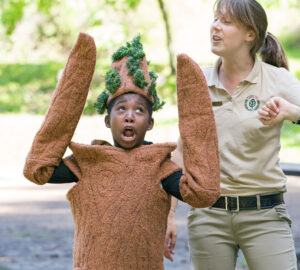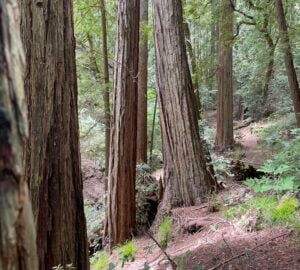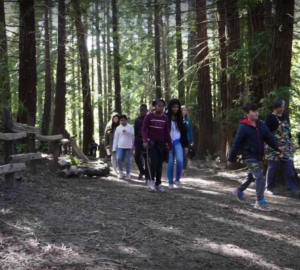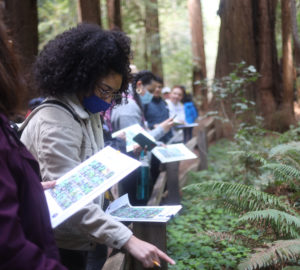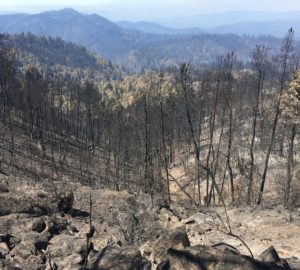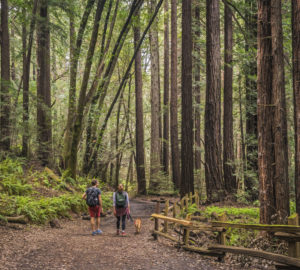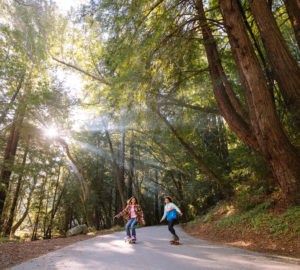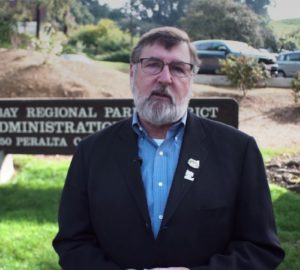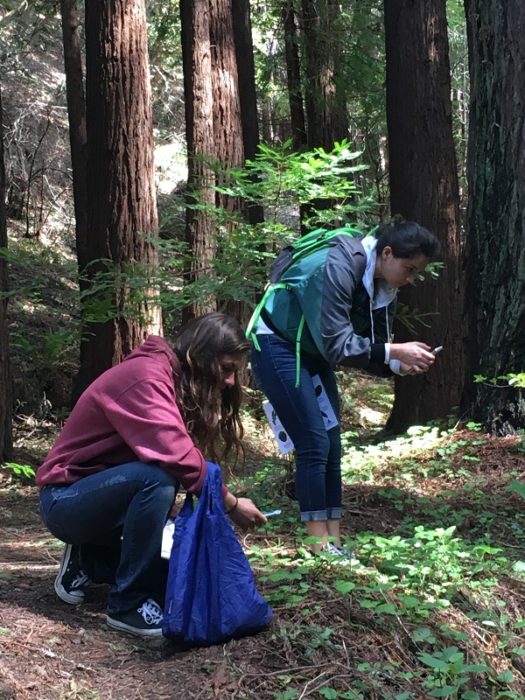
What determines when these shrubs bloom? The study of seasonal life cycle events such as this is called phenology, and gathering long-term data on these cycles is the focus of the California Phenology Project (CPP) (external link). Collecting data is simple, and anyone can participate.
For the past couple of months, I’ve been tracking some plants in Redwood Regional Park as part of the Redwood Phenology Project by Save the Redwoods League and the East Bay Regional Park District. Each week, I hiked a set route, looking at the same coast live oaks, California bay, and Pacific trilliums. At each plant, I checked for breaking leaf buds, new leaves, flowers, and fruit. Then, I recorded the results for the California Phenology Project using an app (external link). Over time, this data can be used by scientists to analyze the long-term effects of climate change. (external link)
Besides contributing to this project, it’s been an interesting experience to hike the same route again and again. It’s impossible to set out to collect data without noticing phenological changes in the other plants on the trail. From week to week, there is always something new to see: buckeye leaf buds opening, velvety hazelnut leaves growing larger, the first Hooker’s fairy bells starting to bloom, or a patch of western bleeding heart popping up in a carpet of redwood sorrel.
It will be interesting to see trends in phenology at Redwood Regional Park in the future, and I’ll be eager to return to the same trails to see how things have changed.

